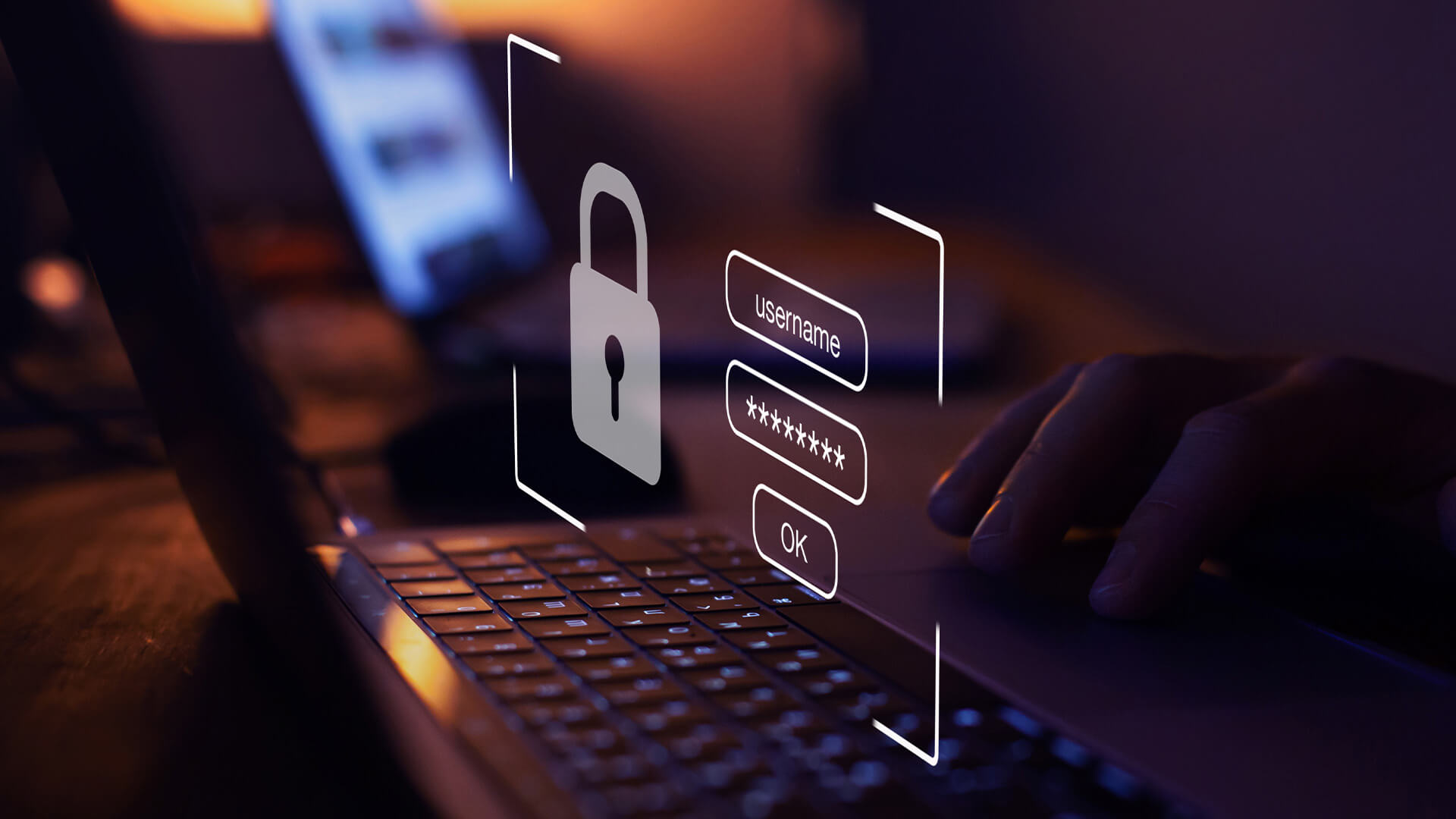

With much of the UK workforce now heading back into the office following the easing of Covid restrictions, there still remains a large amount of people choosing to work remotely or splitting their time between the office and home. This work life shift means that businesses need to continue to be vigilant and address the multiple vulnerabilities that still linger. This is according to Andrew Gogarty, Chief Security Evangelist, Secon.
Gogarty commented: “Over the last two years, organisations have quickly pivoted to remote working and accelerated cloud adoption to support business continuity during the global pandemic. This anywhere access to business-critical data resulted in security gaps and created challenges in maintaining effective cyber security.
“As the reports of multiple breaches and ongoing ransomware threats continue, we believe that there are ten core security risks businesses need to address throughout 2022. Accordingly we have developed a White Paper that looks into those threats in detail and will give any IT department or CISO the vital armour needed against the cyber criminals.”
1. Ransomware
Ransomware continues to impact organisations and remains an ongoing concern. As a result, many organisations have matured their backup and recovery approaches over the last few years with a view of being able to recover their data and environments should ransomware break through defences. This approach has helped affected organisations avoid paying ransom demands to recover their data. However, ransomware will continue to prevail as one of the greatest risks to organisations.
2. Cloud Breaches
The Cloud helps organisations improve agility through expedited application roll outs, leverage automations and integrations to simplify operations, and ultimately reduce costs to increase revenues. As cloud adoption continues to increase throughout 2022, we expect to see an increase in unauthorised access and data breaches due to avoidable security gaps presented by misconfigurations and human error.
3. Vulnerability exploits
The growth in zero-day exploits is likely to become a bigger problem for security operations teams to manage going forward. As a result, we expect to see an increased adoption of Zero Trust in 2022 to help organisations eliminate their attack surface, control access to their data, and prevent lateral movement of threats.
4. Increase in exact domain name impersonation phishing
Since it requires little effort for threat actors and an improved click rate, we anticipate an increase in the usage of exact domain impersonation phishing emails in 2022.
As more organisations move to a DMARC policy of ‘reject,’ we can expect to see an increase in lookalike domain phishing. Due to this, it’s recommended to continue with user awareness training to help users identify these types of emails.
5. Cyber skills shortage continues
Resource constraints can limit an organisation’s ability to reduce risk, detect and respond to cyber threats. We expect an increase in the number of organisations outsourcing security operations tasks in 2022. Most organisations will outsource for vulnerability management, detection and response to help improve their cyber resilience and enable constrained resources to focus on organisational priorities.
6. Insider threat
Disgruntled employees and accidental mistakes can cause data breaches. In 2021, the battle for insider threats reached a new level of complexity, with reports of ransomware gangs openly seeking insiders to assist them in infecting their company networks in exchange for generous commissions. We expect to see an increase in organisations leveraging user and entity behaviour analytics (UEBA) solutions in 2022 to improve their capability in detecting and preventing insider threat activity.
7. Supply chain attacks
The supply chain remains an attractive target for criminal actors. This places a need on organisations to extend their risk management activities out to their suppliers through 2022 and beyond. We expect to see more scrutiny in supplier cyber security questionnaires moving forward. Being able to demonstrate solid cyber security maturity will start to become a competitive advantage for many organisations.
The European Union Agency for Cybersecurity (ENISA) has boldly stated that strong security protection is no longer enough for organisations when attackers have already shifted their attention to suppliers.
8. State-sponsored activities
Cyber-attacks are expected to play a greater role in global conflicts. With innumerable and untold covert cyber espionage skirmishes launched to grasp sensitive information and peek at government and defence infrastructures, government-funded hacking operations will continue into 2022 and beyond. Thereby, Governments will likely be proposing cyber security policies to have counter measurement capabilities and will continue to educate organisations on improving cyber security resilience.
9. Fake news and misinformation
As numerous events start to come back, we can expect to see more fake news campaigns, troll and bot accounts, and rogue marketing distributed through social networking sites and emails.
Fake news and misinformation aren’t only a problem for the government; fake news is also used to lure victims to malicious websites. Misinformation can be weaponised by adversaries to cause disorder for their own agenda.
In addition, deep fakes are expected to make a greater impact in 2022, thanks to various apps, web3.0, and AR/VR technologies becoming more mainstream.
10. Cyber Insurance
More organisations will invest in cyber security insurance during 2022. We expect the process to go beyond a paper-based tick box exercise; an increase in checks and validations will be made by insurers to see how companies address cyber risk and vulnerabilities, along with their detection and response capabilities to minimise impact.
Gogarty concluded: “2022 will be another eventful year full of vulnerability exploits, account takeover attacks, phishing, and ransomware. Therefore, 2022 should be seen as an opportunity to go back and review the pivot-related changes of the last few years to see how visibility and control can be maintained to reduce business risk from cyber-attacks.”
Download the complete report here.
You might also like

Technology
25 March 2025
Ransomware-As-A-Service Variants on the Rise With Critical Infrastructure Providers at the Greatest Risk

Business Advice
25 March 2025
Claims Processing Automation: How Insurers Can Cut Costs and Improve CX

Technology
18 March 2025
Secret Signs Your Internet Security Has Been Compromised






















